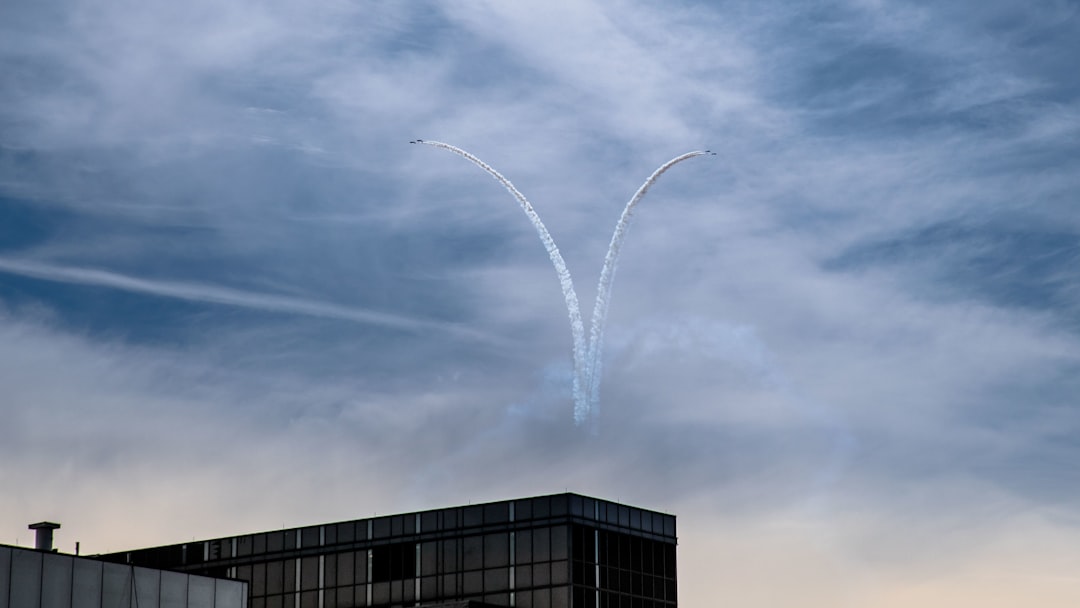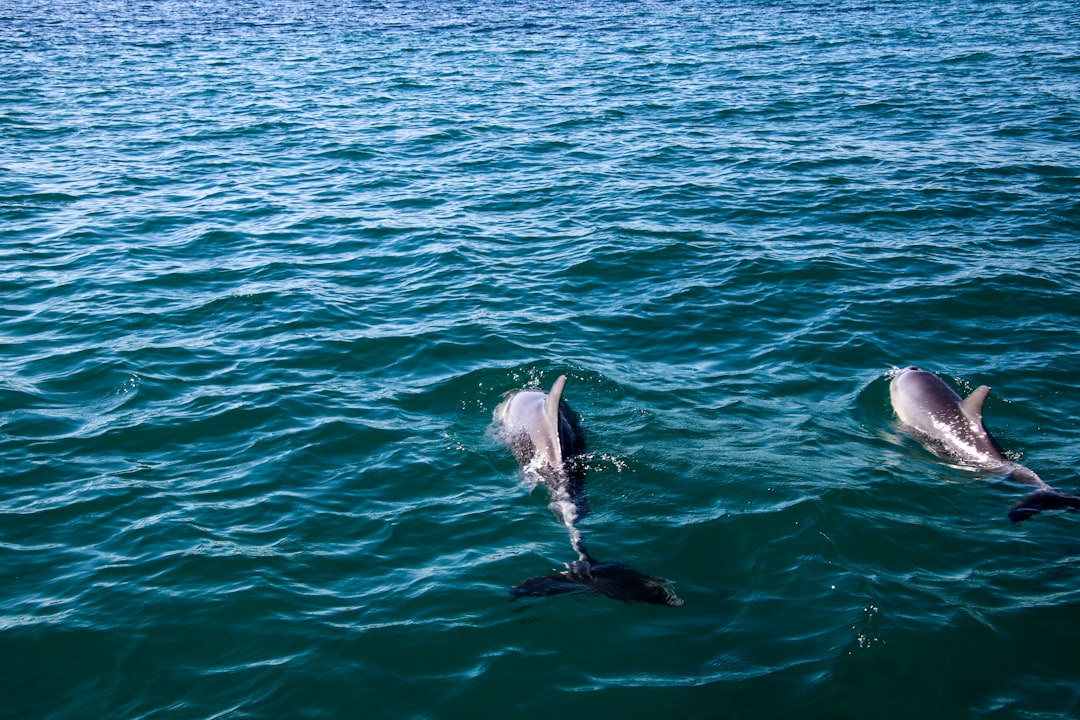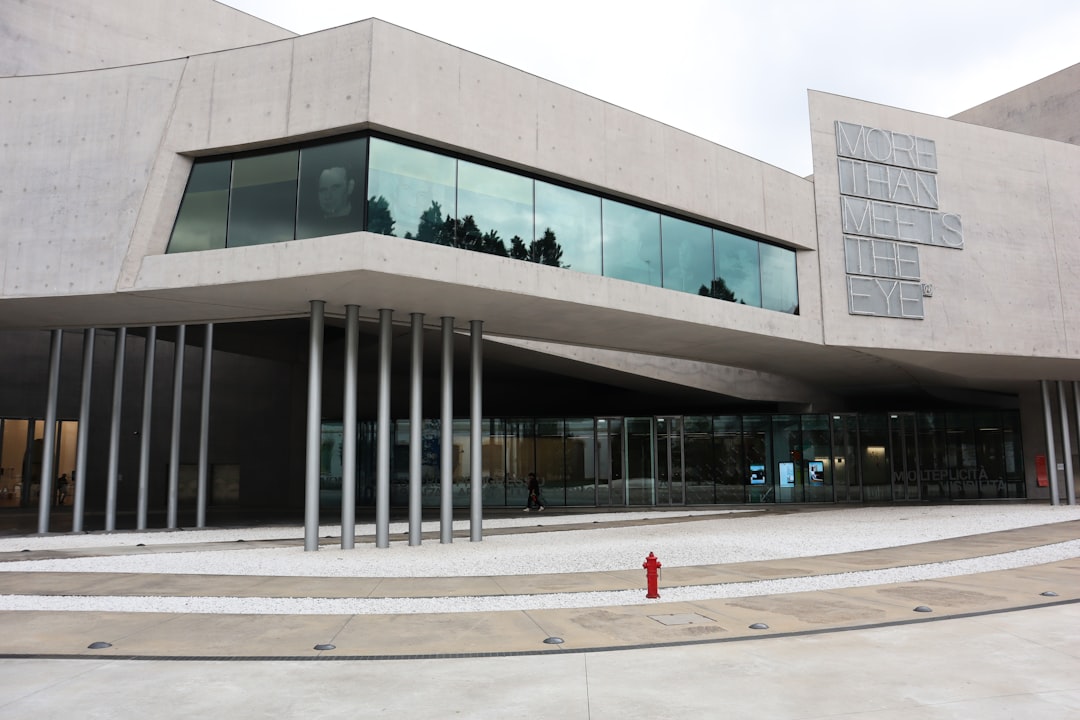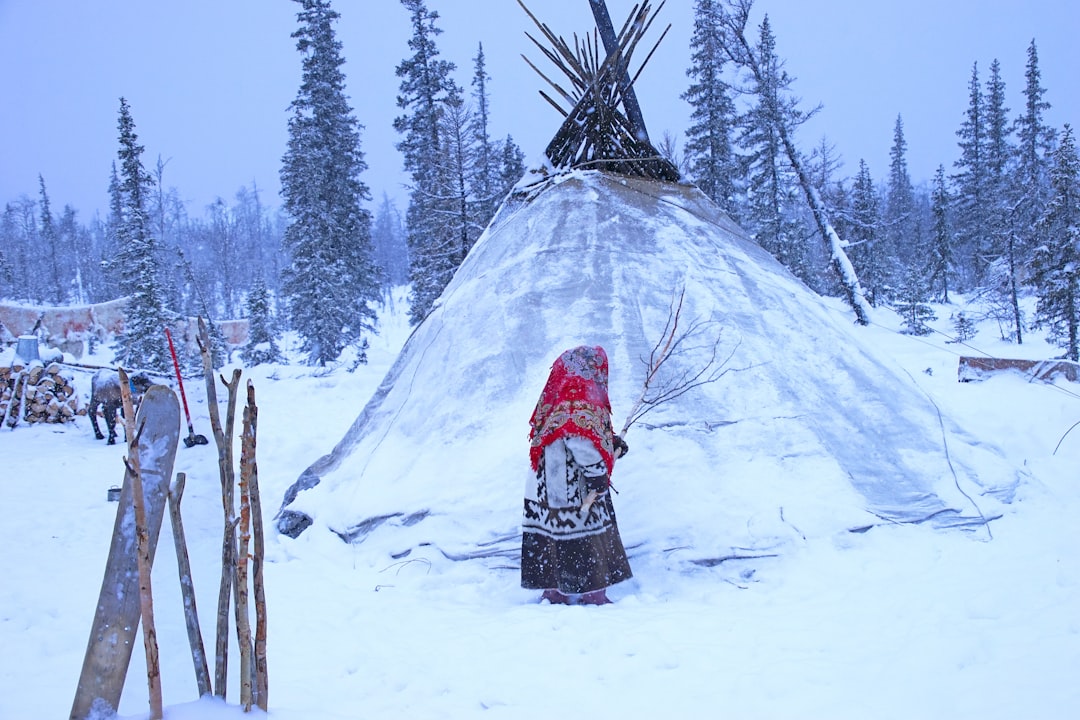# Weekend Skywatch: Meteors and Aurora Borealis Forecast
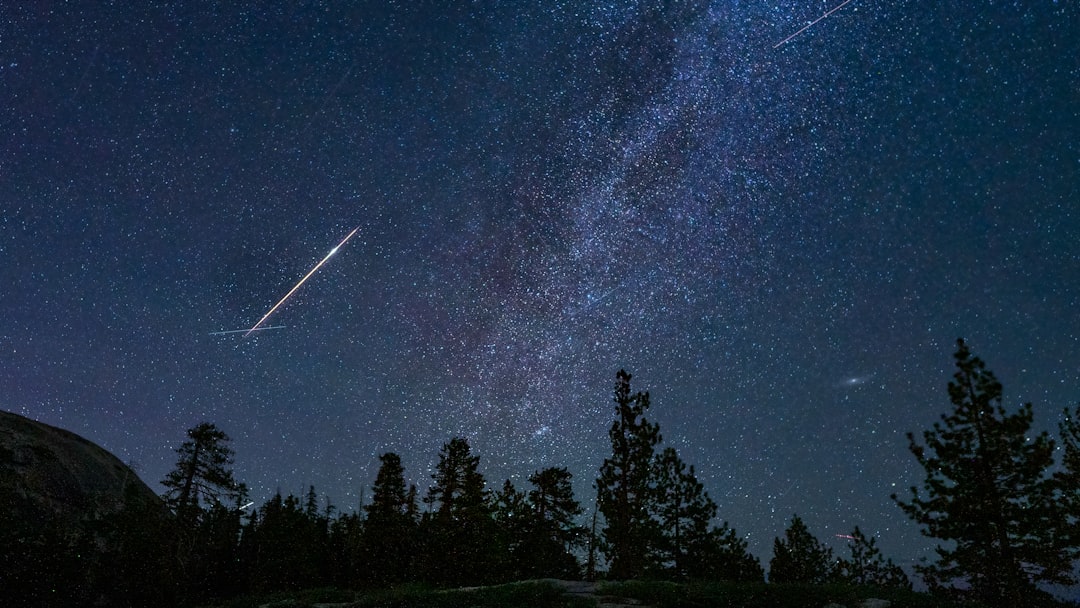
What happened
This weekend, the Leonid meteor shower is expected to reach its peak, potentially displaying up to 15 meteors, often referred to as "shooting stars," per hour. This celestial event may also coincide with a chance to view the Northern Lights.
Key facts
- The Leonid meteor shower is set to peak this weekend.
- Observers might see up to 15 meteors per hour in the night sky.
- The event could also feature a display of the Northern Lights.
- The information was reported by Forbes on November 15, 2025.
Background & context
Meteor showers are fascinating astronomical events that occur when Earth passes through the trail of debris left by comets. The Leonid meteor shower, in particular, is associated with the comet Tempel-Tuttle. This comet orbits the sun approximately every 33 years, leaving behind a trail of particles that Earth encounters annually in November. The Leonids are renowned for their bright meteors, often called "fireballs," due to their intense brightness and speed as they enter Earth's atmosphere. The Northern Lights, or aurora borealis, are natural light displays predominantly seen in high-latitude regions near the Arctic and Antarctic. These lights are caused by the interaction of solar wind particles with Earth's magnetic field, resulting in stunning displays of color in the sky. While typically visible in polar regions, strong solar activity can sometimes make them visible further south, offering a rare spectacle for those in more temperate zones.
Why it matters (for US readers)
For those in the United States, the Leonid meteor shower presents an opportunity to witness a natural spectacle that requires no special equipment, just a clear night sky. This event is accessible to everyone, from amateur stargazers to seasoned astronomers, providing a chance to connect with the cosmos. The potential appearance of the Northern Lights adds an extra layer of excitement, particularly for residents in northern states who might catch a glimpse of this rare phenomenon. Such events can inspire interest in astronomy and science, fostering a greater appreciation for the natural world.
Stakeholders & viewpoints
- Astronomy Enthusiasts: Likely to be excited about the opportunity to observe the Leonid meteor shower. These individuals often plan viewing parties or travel to locations with optimal viewing conditions.
- General Public: May have varying levels of interest, but the event offers a chance for family-friendly outdoor activities. It can be an educational experience for children and adults alike, sparking curiosity about the universe.
- Scientists and Researchers: Interested in studying the meteor shower for scientific data and understanding celestial mechanics. These events provide valuable insights into the composition of comets and the dynamics of Earth's atmosphere.
Timeline & what to watch next
- This Weekend: Peak viewing time for the Leonid meteor shower. Observers should find a dark, open area away from city lights to maximize visibility.
- Weather Conditions: Check local forecasts for clear skies to optimize viewing. Cloud cover can significantly impact the ability to see meteors and the Northern Lights.
- Future Meteor Showers: Stay informed about upcoming celestial events for more stargazing opportunities. The Geminids in December and the Perseids in August are other notable meteor showers that attract attention.
Sources
Up Next

